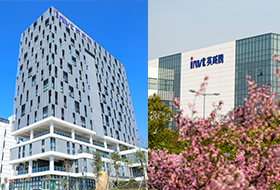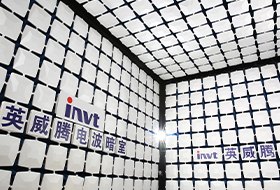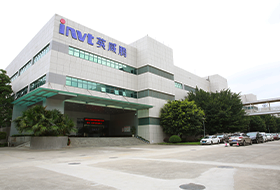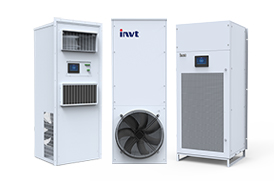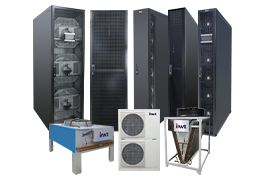Space and power: What really limits data center capacity
In recent decades, the world's demand for digital services has increased. As work styles change, more and more people are looking to work remotely, whether from home or in a different location. This, combined with evolving business models and digital transformation, has further increased demand, with new requirements such as edge computing surging. All of this drives data center growth but also increases the pressure to keep up with demand. These pressures make space, density, and power limiting factors of concern in some cases. To understand the scale of growth in digital services in recent decades, data volume is a key metric.
As chip power continues to increase through many different technology developments, and demand for performance continues to increase, data center operators find themselves requiring more and more cooling and flow until they encounter cost, complexity, and management challenges. obstacle. To meet the emerging demand for digital services for the foreseeable future, data center operators will need to consider a mix of air cooling, liquid cooling, and direct chip cooling, leveraging the specific characteristics of each to appropriately and proportionately deliver that cooling, enabling density to be deployed reliably and economically. Compared to air cooling, liquid cooling solutions can provide greater capacity to accommodate device density, and the heat captured through liquid cooling can be more efficiently removed from the device's immediate environment, leading to potential reuse opportunities without the need for Change status.
Advantages and Purpose
With these new cooling technologies and systems, it's not a one-size-fits-all approach. Each technology and system has its specific advantages and characteristics that must be considered to ensure the correct performance is delivered as required. Rack-mounted, row-mounted, or direct precision liquid cooling all offer different applications and advantages to achieve overall density and performance goals. Always ensure efficiencies that contribute to the achievement of the Sustainable Development Goals. Datacenter operators' design and operational goals must be supported by a trusted technology partner who possesses not only in-depth knowledge but a broad portfolio of solutions to meet every need. Understanding where better-managed air cooling can remain, where liquid cooling can be employed, and taking advantage of direct-to-chip cooling is key to controlling current demand while building a path to future capabilities.
Improvements and the way forward
By properly examining real or perceived data center space constraints, data center operators can determine how to best meet their density needs. More efficient, precise, and controllable cooling solutions will be a key part of this effort. Efficiency is at the core of sustainability efforts, and hybrid systems of air, liquid, and direct cooling technologies can establish a more efficient path to data center cooling, easing space pressure while meeting demand and providing a strong foundation for future growth. A trusted technology partner with the breadth of knowledge and portfolio resources to guide operators into the wisest and most appropriate use of these now-proven technologies to achieve their business ambitions in a sustainable manner.

 networkpowersales@invt.com.cn
networkpowersales@invt.com.cn
